Introduction to Printed Jute Bags
Printed jute bags have gained significant traction in recent years, emerging as a popular alternative to plastic carriers in various markets. Made from the jute plant, these bags are notable for their vibrant designs and durability, offering both aesthetic appeal and utility. The composition of jute is primarily natural fibers, which not only contributes to its strength but also emphasizes its eco-friendly credentials. As consumers become more environmentally conscious, the demand for sustainable products like printed jute bags continues to rise.
One of the foremost advantages of jute is its sustainability. Cultivated with minimal chemical intervention, jute is considered a renewable resource, making it an excellent choice for eco-friendly packaging solutions. Unlike plastic bags that contribute to long-lasting pollution, jute bags are fully biodegradable, breaking down within a few months after disposal. This significant environmental benefit aligns with the increasing push towards reducing plastic dependency, fostering a favorable perception of jute products among consumers.
The versatility of printed jute bags extends to various industries, providing bulk exporting opportunities in markets such as the USA and England. Retailers are increasingly adopting these eco-friendly bags for shopping purposes, while food packaging sectors appreciate their breathable quality, which helps maintain freshness. Additionally, businesses often utilize printed jute bags for promotional activities, allowing them to customize designs that resonate with their branding objectives.
The growing consumer preference for environmentally responsible products underscores the strategic importance of printed jute bags in the evolving marketplace. As both businesses and individuals seek to minimize their environmental footprint, the opportunities for bulk exports to markets like the USA and England are poised for expansion. By understanding the attributes and benefits of jute, stakeholders can position themselves to harness the promising potential of this sustainable material in an eco-conscious future.
Market Analysis: USA and England Demands
The demand for printed jute bags in the USA and England has seen a significant surge in recent years, driven by a growing awareness of sustainability and environmental concerns. Governments and regulatory bodies in both countries have implemented policies aimed at reducing plastic usage, spurring consumers to seek eco-friendly alternatives such as jute bags. According to recent statistics, the global market for jute products is projected to grow substantially, with the USA and England being at the forefront of this trend.
In the USA, the market for sustainable bags, including printed jute options, is estimated to reach approximately $5 billion by 2025, reflecting a compound annual growth rate (CAGR) of around 4%. This increase can be attributed to a notable shift in consumer behavior, with nearly 70% of Americans now favoring reusable bags over traditional plastic. In England, the situation is similar as consumers are becoming increasingly conscious of their environmental footprints. Research indicates that over 80% of UK shoppers actively choose recyclable or sustainable packaging when available, positioning printed jute bags as a preferred option.
Demographic analysis reveals that millennials and Gen Z consumers are particularly inclined towards adopting sustainable shopping habits, which further fuels the demand for printed jute bags. These groups prioritize products that not only offer functionality but also align with their values regarding environmental stewardship. The legislative impact is also crucial; strict regulations on single-use plastics have catalyzed a shift in purchasing patterns, making the jute bag market an attractive opportunity for bulk exporters.
The competitive landscape for printed jute bags in both markets features several key players, including companies specializing in sustainable products and those committed to ethical sourcing. With an increasingly crowded market, establishing a brand that emphasizes sustainability and quality becomes paramount. Overall, the prospects for bulk exporting of printed jute bags to the USA and England remain promising, driven by evolving consumer preferences and legislative changes.
Bulk Exporting of Printed Jute Bags: Challenges and Opportunities
The global market for printed jute bags has significantly expanded, particularly in the USA and England, leading to increased bulk exporting opportunities. However, navigating this landscape requires a detailed understanding of the logistical challenges, sourcing techniques, and trade regulations involved. One of the primary hurdles exporters encounter is the fluctuation in demand for printed jute bags. Seasonal variations and changing consumer preferences can create uncertainties that impact inventory levels and cash flow.
Moreover, supply chain complexities often arise due to international shipping logistics, customs regulations, and varying delivery timelines. Efficient management of these factors is crucial for maintaining a competitive edge in the market. Exporters should establish strong communication channels with suppliers and logistics partners to streamline operations. Additionally, compliance with various quality standards in different regions is essential. Each market may have specific regulations regarding eco-friendliness, durability, and safety metrics that must be adhered to in order to successfully penetrate the market.
To overcome these challenges, exporters can forge partnerships with local distributors and sellers who understand the nuances of the target market. Such collaborations can facilitate smoother entry and help in building a brand presence. Emphasizing sustainability in practices also provides exporters with a unique selling proposition, as consumers are increasingly drawn to eco-friendly products.
Furthermore, engaging in market research to identify potential trends and customer preferences can help exporters tailor their offerings. By investing in reliable manufacturers who prioritize quality and ethical sourcing, exporters can enhance their reputation and minimize risks associated with product quality. The growing emphasis on sustainable products in both the USA and England presents a promising opportunity for growth in the bulk exporting of printed jute bags.
Future Outlook: Trends and Innovations in Printed Jute Bags
The printed jute bag market is poised for significant transformation as we move into the next decade. Consumer preferences are increasingly shifting towards eco-friendly alternatives, leading to innovative practices in both design and manufacturing. Jute, known for its sustainability, offers a natural alternative to single-use plastics, making it an attractive option for environmentally conscious consumers. As awareness around environmental issues continues to grow, the demand for printed jute bags is expected to rise, presenting exporters with considerable opportunities.
In the realm of design, there is a noticeable trend towards personalization and customization. Consumers are gravitating towards products that reflect their individual style and values. This trend pushes manufacturers to innovate their printing techniques, allowing for high-quality, colorful, and diverse designs that cater to various consumer preferences. Advances in printing technology, such as digital printing, enhance the creative potential of printed jute bags, enabling intricate designs that were previously difficult to achieve.
Additionally, eco-friendly practices are becoming integral to production processes. Companies are increasingly adopting non-toxic inks and sustainable production methods, aligning with government regulations and consumer expectations. Furthermore, integrating recycled materials into jute bag production can significantly attract a broader market base that prioritizes sustainability, thereby fostering brand loyalty among consumers.
To capitalize on the growing market for printed jute bags in both the USA and England, exporters should remain vigilant about emerging trends and consumer demands. Sustainable practices and innovative designs will be paramount for companies looking to establish a competitive edge. By continually refining their product offerings and embracing technological advancements, businesses can effectively meet the evolving needs of their customers, ensuring long-term success in the jute product market.
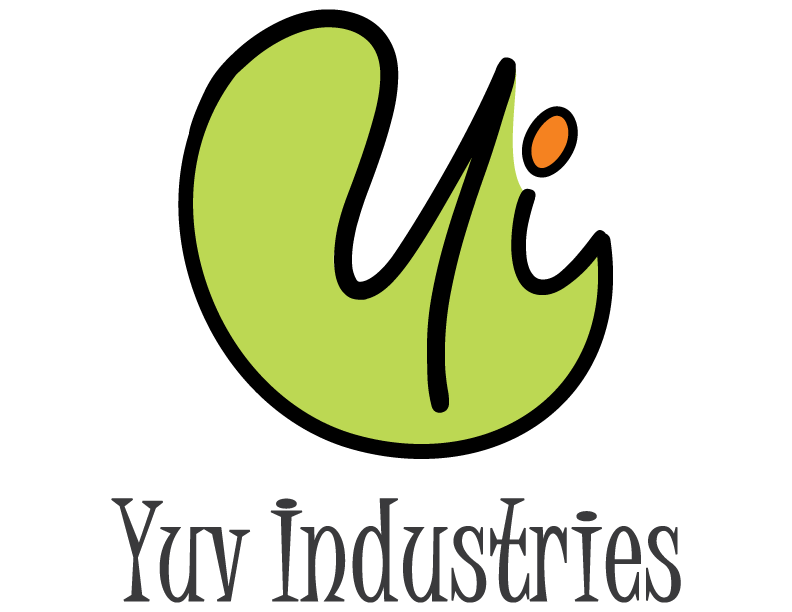
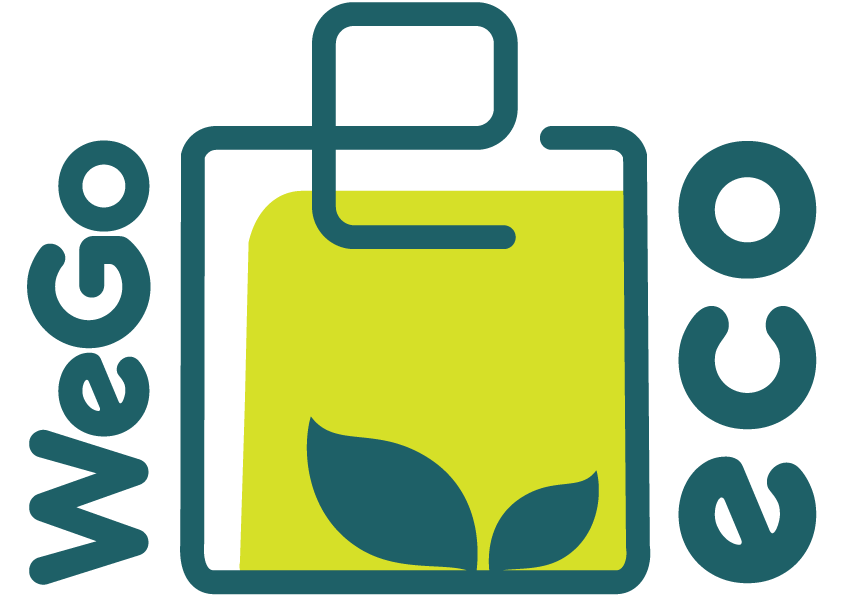
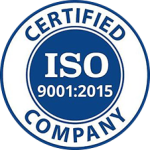



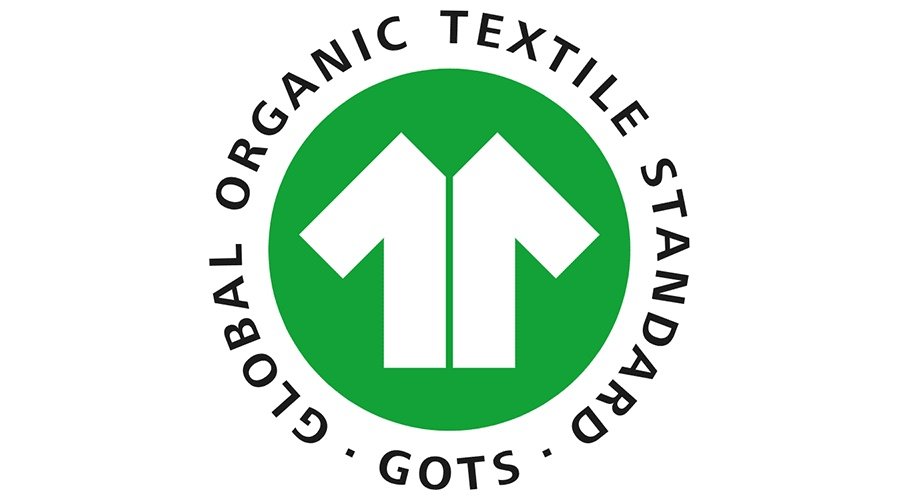


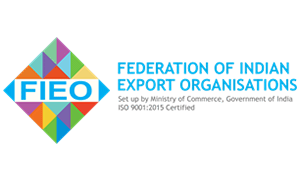

Order Us – info@yuvi.co.in